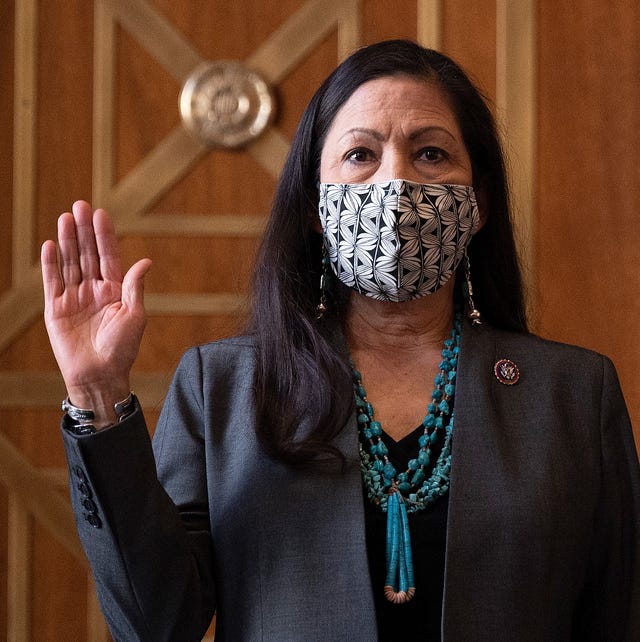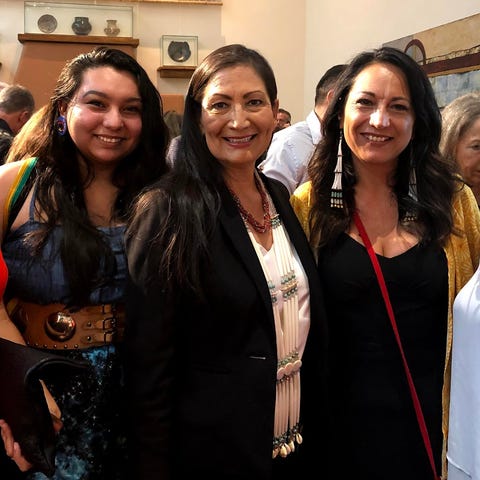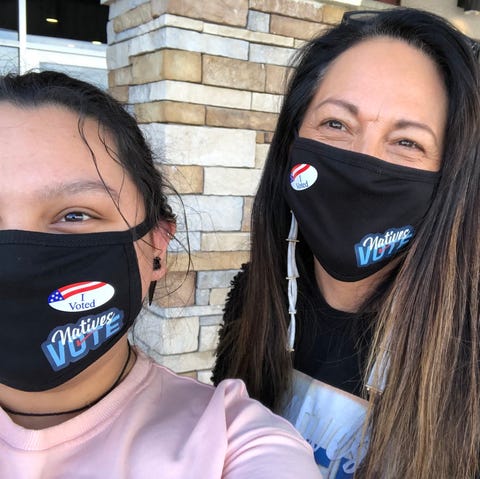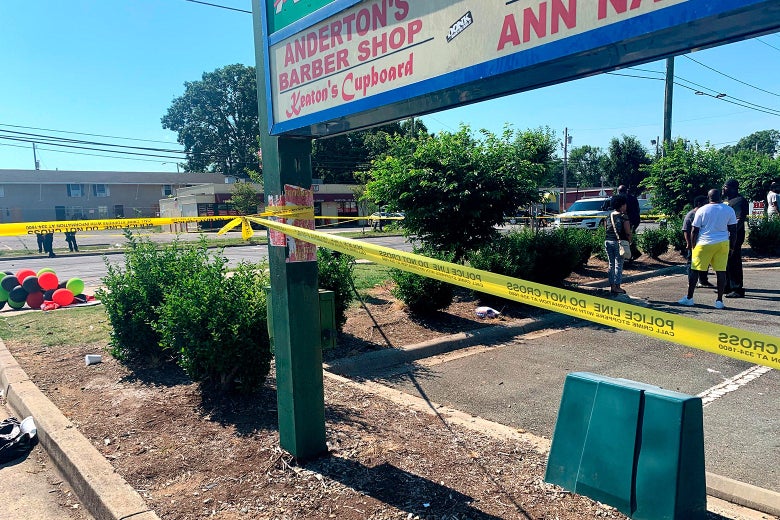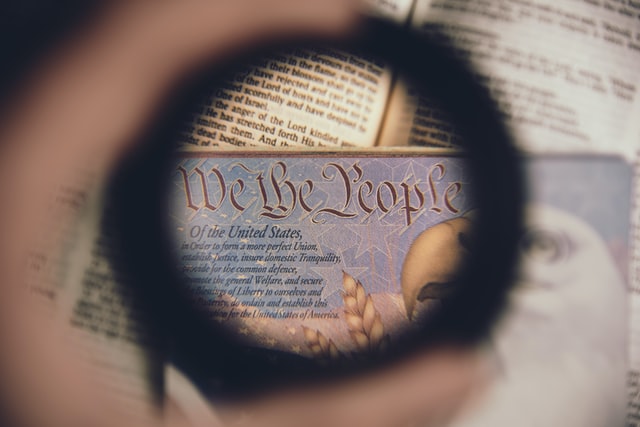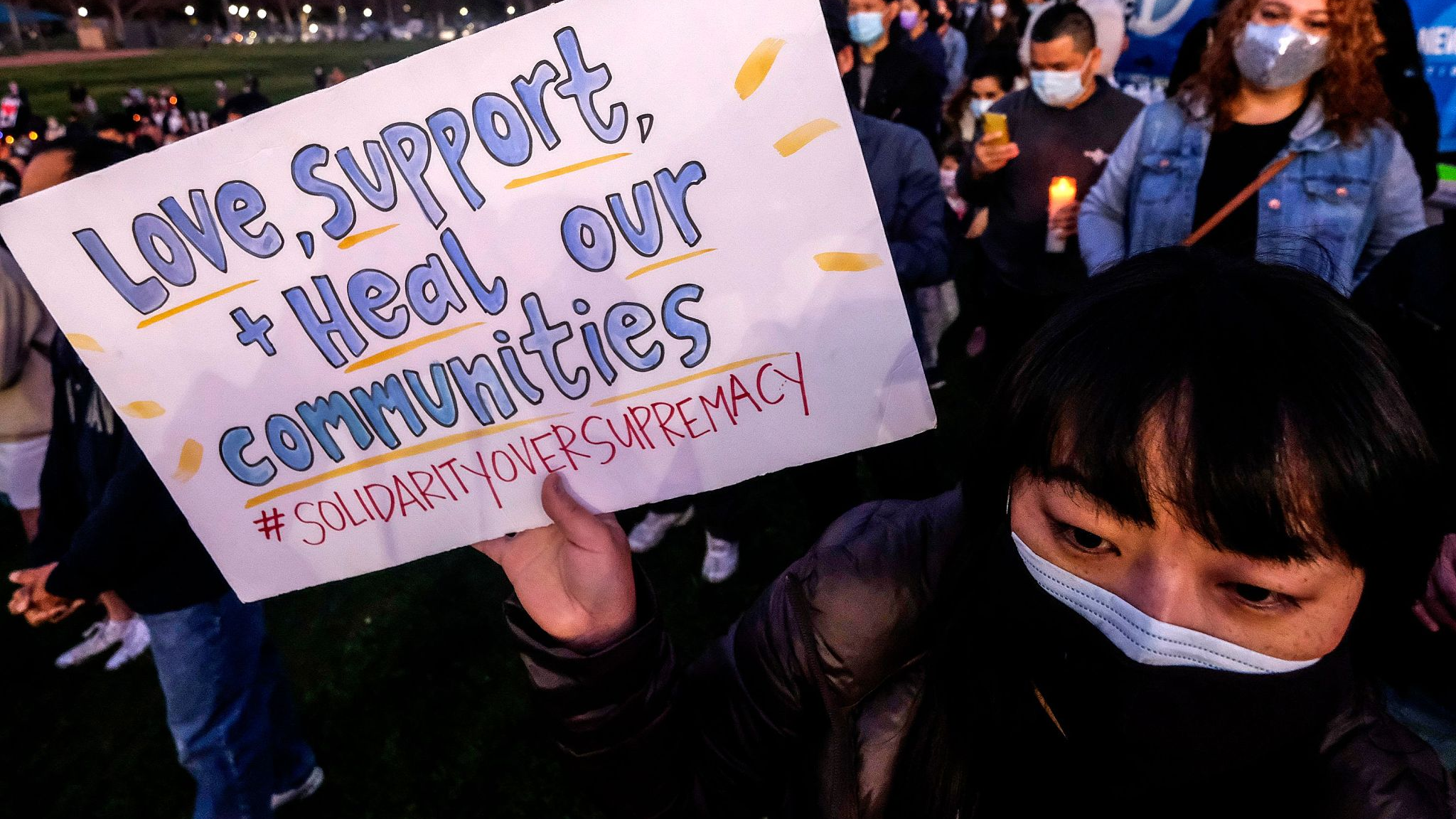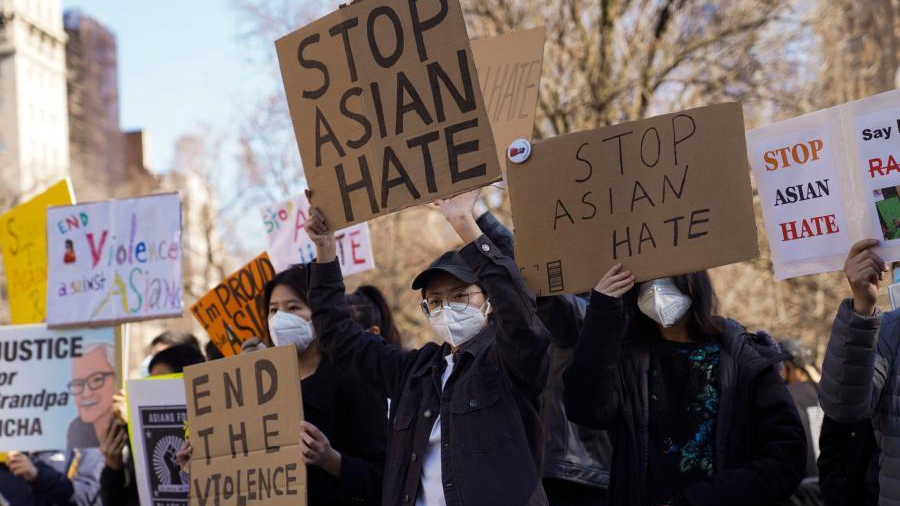
Israeli forces demolish Palestinian homes in Jerusalem on 1 March 2021
[Mostafa Alkharouf/Anadolu Agency]
March 27, 2021
Israeli occupation authorities demolished and seized 26 Palestinian-owned structures in Area C of the occupied West Bank and East Jerusalem between 2 and 15 March, the United Nations Office for the Coordination of Humanitarian Affairs (OCHA) has reported.
As a result of these demolitions and seizures, 42 people were displaced, including 24 children, the Protection of Civilians report published by the UN OCHA disclosed.
Seventeen of the structures, and all of the displaced people, were recorded in Area C, which is under full Israeli military control.
OCHA confirmed that two buildings were demolished in Ein Shibli village, in the Nablus area, displacing 17 people on the basis of Military Order 1797, which allows for demolitions within 96 hours of the issuance of a "removal order".
The remaining displacement resulted from the demolition of four homes in Al-Tuwani and Khallet Athaba' communities in Hebron and Beit Jala in Bethlehem.
READ: Israel demolishes Bedouin village for 185th time
The livelihoods of 20 people were affected by the demolition of a vegetable stall near Qalqilya city, while 16 were affected by the demolition of two uninhabited houses and the confiscation of one metal container in Isteih in the Jericho area.
Meanwhile, Israeli settlers injured six Palestinians in the Hebron governorate and damaged Palestinian-owned property, including vehicles and trees. Four of the injured were physically assaulted in three incidents.
Two boys, aged 13 and 14, were injured in separate incidents in the H2 area of Hebron and the Bir al 'Idd area, respectively. In the latter incident, the donkey on which the boy was riding was stabbed.
According to Palestinian sources, Israeli settlers damaged at least five vehicles, a house and an agricultural structure in the villages of Jalud and Huwwara in the Nablus district, and Kafr ad-Dik and Bruqin in the Salfit district.
March 27, 2021
Israeli occupation authorities demolished and seized 26 Palestinian-owned structures in Area C of the occupied West Bank and East Jerusalem between 2 and 15 March, the United Nations Office for the Coordination of Humanitarian Affairs (OCHA) has reported.
As a result of these demolitions and seizures, 42 people were displaced, including 24 children, the Protection of Civilians report published by the UN OCHA disclosed.
Seventeen of the structures, and all of the displaced people, were recorded in Area C, which is under full Israeli military control.
OCHA confirmed that two buildings were demolished in Ein Shibli village, in the Nablus area, displacing 17 people on the basis of Military Order 1797, which allows for demolitions within 96 hours of the issuance of a "removal order".
The remaining displacement resulted from the demolition of four homes in Al-Tuwani and Khallet Athaba' communities in Hebron and Beit Jala in Bethlehem.
READ: Israel demolishes Bedouin village for 185th time
The livelihoods of 20 people were affected by the demolition of a vegetable stall near Qalqilya city, while 16 were affected by the demolition of two uninhabited houses and the confiscation of one metal container in Isteih in the Jericho area.
Meanwhile, Israeli settlers injured six Palestinians in the Hebron governorate and damaged Palestinian-owned property, including vehicles and trees. Four of the injured were physically assaulted in three incidents.
Two boys, aged 13 and 14, were injured in separate incidents in the H2 area of Hebron and the Bir al 'Idd area, respectively. In the latter incident, the donkey on which the boy was riding was stabbed.
According to Palestinian sources, Israeli settlers damaged at least five vehicles, a house and an agricultural structure in the villages of Jalud and Huwwara in the Nablus district, and Kafr ad-Dik and Bruqin in the Salfit district.


